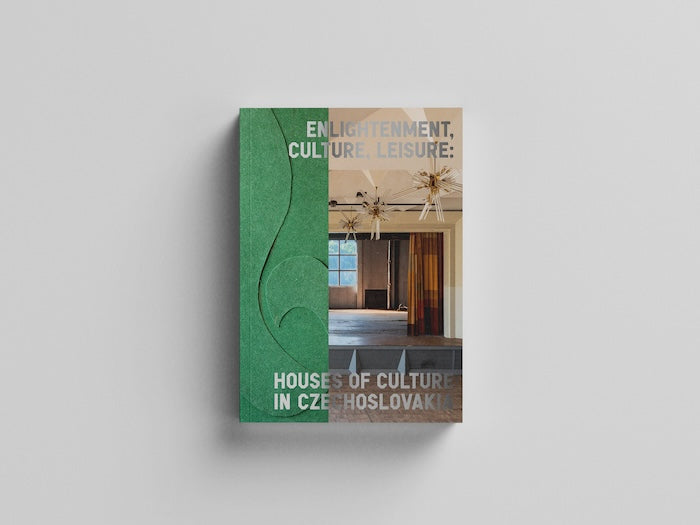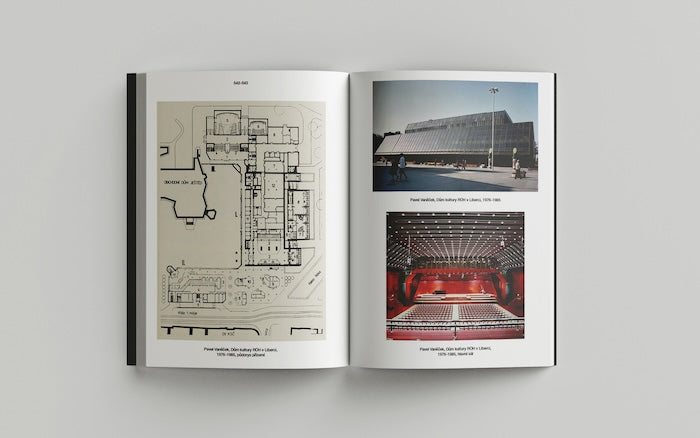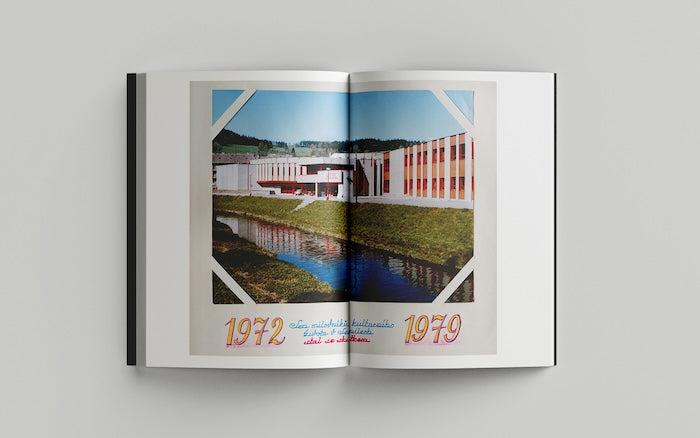


Osvěta, kultura, zábava: Kulturní domy v Československu
This item has not been released yet. Pre-order now before we sell-out! It may take a few weeks to arrive.
The publication is the first book that summarizes the building of a nationwide network of cultural houses, which was systematically established during the socialist period in the territory of the former Czechoslovakia. These buildings, as places of public life in post-war society, enjoyed generous state support, not only economically, but also politically and legislatively. Our interest is not only focused on their specific typology, but we also look at their educational and emancipatory potential as well as their role as a political tool for the organization and control of free time. The publication also focuses on the search for the roots and program predecessors of cultural facilities created since the 19th century and in the interwar period (association and national houses or workers' houses), with an overlap into the period after 1989, when buildings and their operators had to, and sometimes still have to cope with update demands. The book covers the Czech and Slovak context of the construction of cultural houses, thanks to which it manages not only to cover the entire territory of the former Czechoslovakia, but also to capture different historical experiences.
The texts for the book were written by Jiří Andrs, Jan Galeta, Hubert Guzik, Katarína Haberlandová, Michaela Janečková, Laura Krišteková, Josef Ledvina, Irena Lehkoživová, Henrieta Moravčíková, Peter Szalay, Karel Šima, Jitka Šosová, Lukáš Veverka, Jan Zikmund, a foreword by a leading British historian culture and art David Crowley.
The book is a combination of a professional book and a picture publication with pictures by photographers Oskar Helcel and Martin Netocny, who since their studies at FAMU in Prague toured and photographed cultural houses in the Czech (and subsequently Slovak) Republic. Over the years, they collected thousands of pictures of more than fifty objects from the entire territory of the former Czechoslovakia.
The series of photographs divides the texts into four parts, the first of which focuses on historical examples of cultural houses in the Czech lands and Slovakia since the 19th century, the second on the practical aspects of their construction during the state socialism era. The third follows the history and transformations of cultural centers in the Czech lands from the Second World War to the 1990s. The fourth section focuses on the same in Slovak territory and also contains two case studies, one from Slovakia and the